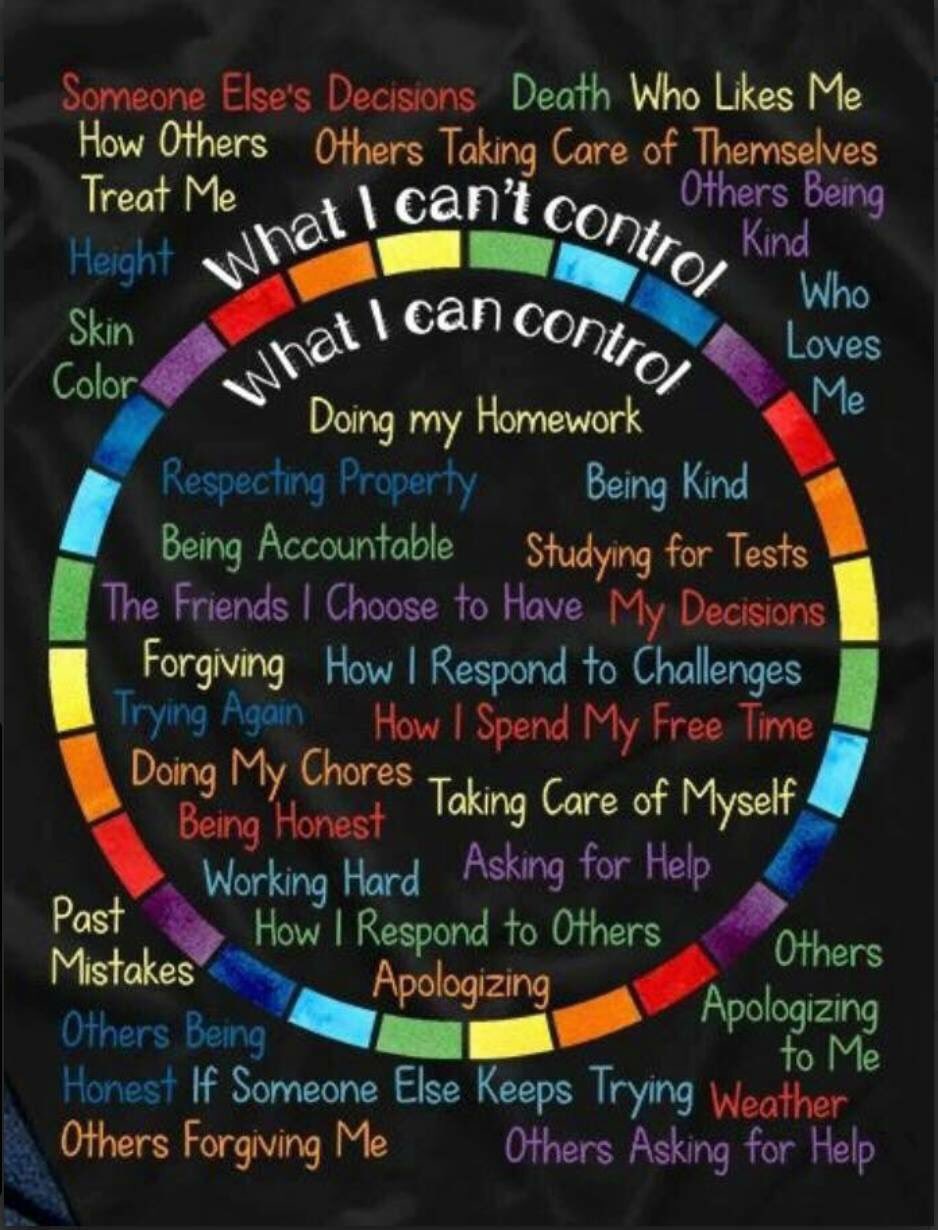I wonder how often I’ll be surprised at the abundance of learning that can happen for kids without the personal intervention of adults.
The latest episode occurred when my 8 year-old asked Google to show her a picture of the solar system so she could create her own LEGO model. This launched when she decided to build a spaceship, which got her thinking, “where will the spaceship land? It’s more fun if there’s a place for the person to land and explore!”

Her exploration was packed with play, discovery, pleasure, energy, and joy.
All this was all fueled by her own delighted fervor to learn. No assignment. No sticker chart. No carrot and stick.
While this learning venture was all her own, there have been intentional steps toward a culture of intrinsic learning. Steps like…
…saying no to reading programs that would get in the way of self-selected reading.
…setting up a learning environment with invitations to explore.
…intentional language (“what amazing science you’re exploring!” “your interesting connections really make me think.”)
…discussing independent time-management & balance.
…second-guessing my agenda before second-guessing her developmental readiness.
…treasuring play. As written in a recent Washington Post article,
“the art of the joy of childhood is doing things because they anchor you to the moment, not because they will reap future benefits or rewards. There is a sense of mindfulness children feel when they play that so many of us long for as adults.”
Leaving a child to their own learning devices still actually does involve quite a lot of effort on our part. Sometimes the things to which we say “No” are just as important as the things to which we say “Yes.” As I’ve shared before, in the words of Seth Godin,
“If it’s work, they try to figure out how to do less, and if it’s art, they try to figure out how to do more.”
featured image: DeathToTheStockPhoto


















